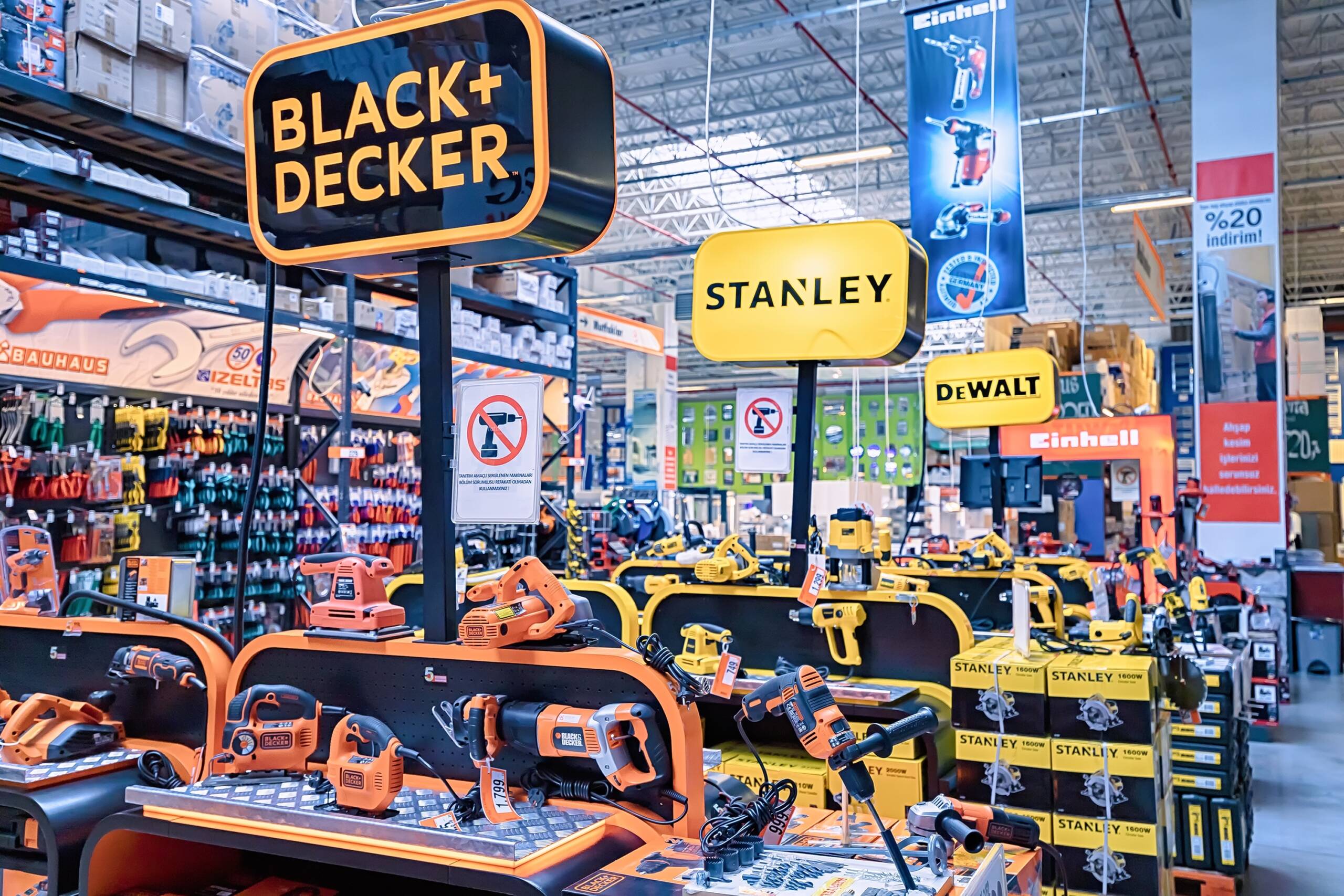Descubre las inspiradoras historias de los Rostros de la primera línea: ¡Las estrellas de la fabricación! Leer más
July 24, 2023

A high-profile plant closure has resulted in negative media and a $90 million loss for tool manufacturer Stanley Black & Decker, reports John Keilman for the Wall Street Journal.
While mechanics tools are typically produced overseas with manual processes, Stanley leaders decided to open a highly automated factory in Texas that would manufacture wrenches, ratchets, and sockets at speed, reducing waste and enabling the company to compete on costs domestically.
Unfortunately, it was not to be. The new system required additional tooling and produced tools that were misshapen or had other problems. In addition, experienced workers left, taking their knowledge with them. Electroplating engineer Tom Felty, who was interviewed for the article, said, “They spent millions of dollars trying to make those machines work.”
Automation isn’t the only way to drive factory productivity and overall equipment effectiveness (OEE). Many companies are starting with what they have — talented workforces and existing production lines – and using connected workforce solutions to improve processes and deliver better business results. Results are impressive: on average, factories achieve OEE uplift of 14 points and productivity gain of 29%.
So, does this mean that such solutions could replace automation programs? Of course not. Rather, a team of connected workers could be a vital part of an agile industrial transformation mix that would help U.S. manufacturers become more competitive. As the WSJ story shows, relying on straightforward automation alone is not always a viable option.
Ponte en contacto con nosotros y comencemos a empoderar a tu primera línea y a aumentar tus ganancias.
